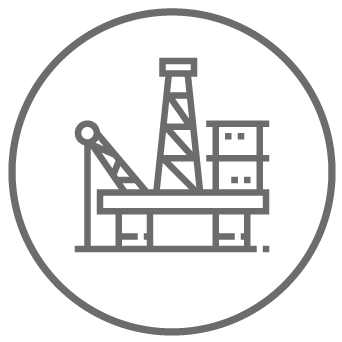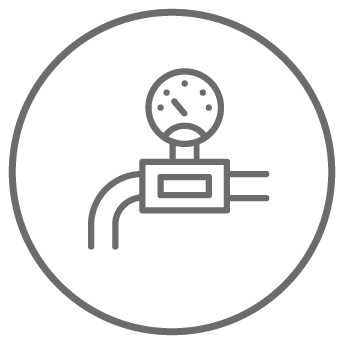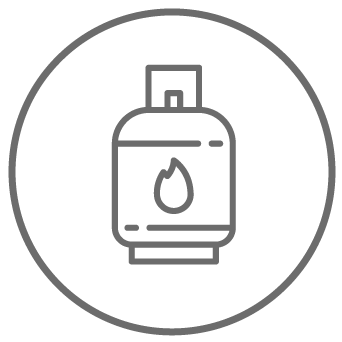Settala - Hydrocarbons for food packaging

Hydrocarbons for food packaging are commonly known as MO and include MOSH and MOAH, a heterogeneous group of substances consisting of chains of carbon and hydrogen atoms and derived from petroleum. They are saturated and unsaturated hydrocarbons with a linear branched, cyclic and aromatic structure.
In particular, these hydrocarbons are used in food packaging and packaging, where a distinction is made between:
- MOSH (Mineral Oil Saturated Hydrocarbons), saturated aliphatic hydrocarbons and that is a huge number of compounds between linear, branched and cyclic hydrocarbons;
- MOAH (Mineral Oil Aromatic Hydrocarbons), aromatic hydrocarbons that have from 1 to 4 aromatic rings, alkylated at different percentages.
Mineral oils and hydrocarbons are used by the food industry as non-stick agents for cakes and baked goods or anti-dust agents for cereals and animal feed. Coffee, soy, cocoa, peanuts and cereals can also be contaminated by jute bags, as can fish from oil spills. There is no shortage of cases of food fraud where vegetable oils such as sunflower oil are spiked with mineral oils.
Studies on hydrocarbons for food packaging
When talking about MOSH and MOHA, we must not forget the studies conducted by the European Food Safety Agency on health risks and toxicology for the human body. To date, there is no evidence that hydrocarbons of the MO group have toxicological impact on humans; however, MOAH or aromatic hydrocarbon mineral oils are more dangerous than MOSH or saturated hydrocarbon mineral oils due to their chemical composition and the presence of possible carcinogenic substances.
Uses of hydrocarbons in food packaging
MOSH and MOAH have always been found more in foods packaged in direct or indirect contact with the outer carton. The release of hydrocarbons to the food is due to the foreign carton, which is manufactured from recycled paper and newspapers or other materials.
This paper is rich in ink and chemical compounds normally not used for food contact and the highest contamination occurs at low humidity, when water particles adhere to the outer carton and then migrate and are absorbed by the food itself with MOAH and MOSH.
Today the European legislation does not provide limits for the presence of mineral oils in food or official analysis methods, even if in 2010 the European Commission asked EFSA to evaluate the risks for human health related to the presence of hydrocarbons and mineral oils in food.
Preventive analysis is now the greatest protection for the consumer and the process must be controlled, while those who have to use packaging that represent possible sources of contamination have the burden to classify them and report the danger with a constant analysis of the products themselves.
Settala Gas and hydrocarbons for food packaging
Settala Gas is specialized in the production, distribution and marketing of food grade hydrocarbon gases such as E943a butane, E943b isobutene, E944 propane.
Thanks to our highly developed filtration and distillation systems and thanks to more than 40 years of experience in the production of pure hydrocarbon gases, we deliver high quality products fully certified according to the regulations in force. Among the areas of application for PURIFOOD gases is polymer foam food packaging material.
Contact us to find out more!




